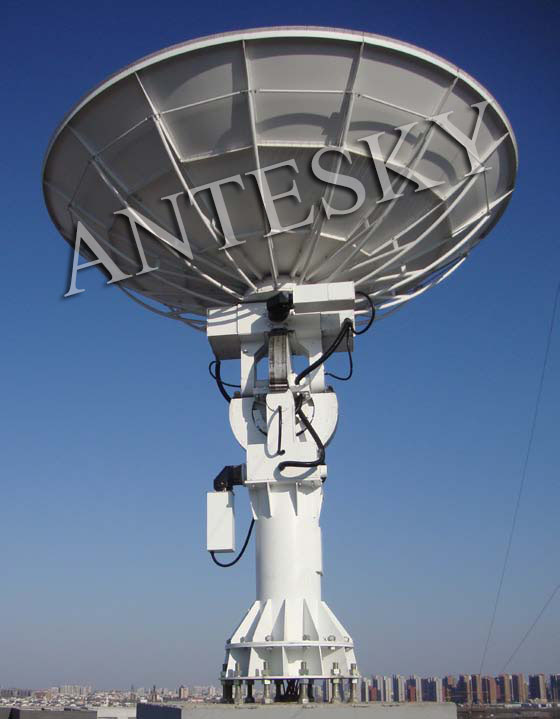History and Development of International Meteorological Satellites
Meteorological satellites are artificial earth satellites that perform meteorological observations of the Earth and its atmosphere from space. The satellite carries a variety of meteorological remote sensors that receive and measure visible, infrared and microwave radiation from the Earth and its atmosphere and convert it into electrical signals for transmission to ground stations which restores…






